Video courtesy of the NSF.
Ice Cores for Studying Past Climate
Climate scientists use "proxy data" to study climates of the past, before humans with thermometers began keeping temperature records. These "proxies" include tree rings, layers within ice cores pulled from glaciers and ice sheets, growth layers in coral, and layers of sediments from the bottoms of lakes and oceans.
Gases, dust, and other materials trapped in ice can provide clues about climates of the past. Scientists dig ice cores from the Antarctic Polar Cap, the Greenland Ice Sheet, and glaciers around the world. Air bubbles in the ice trap miniscule samples of Earth's atmosphere from the past, providing scientists a way to measure levels of carbon dioxide and other gases in prehistoric times. The thickness of ice bands tells us about past snowfall rates. Darkened layers of ice contain dust, providing further clues about past climates. Some ice core data from Antarctica provides information about climate to more than 700,000 years in the past, a period which spans eight ice age cycles!
Right-click (Windows) or Option-click (Mac) here to download a copy of this video in QuickTime format.
You might also be interested in:

For a glacier to develop, the amount of snow that falls must be more than the amount of snow that melts each year. This means that glaciers are only found in places where a large amount of snow falls each
...more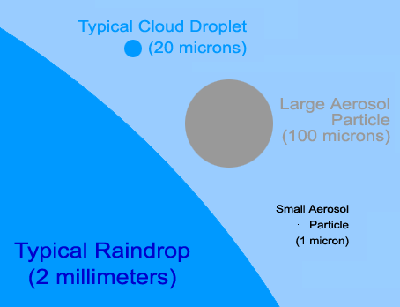
Aerosols, also called particulates, are tiny bits of solid or liquid suspended in the air. Some aerosols are so small that they are made only of a few molecules – so small that they are invisible because
...more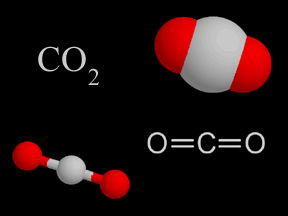
Carbon dioxide is a colorless and non-flammable gas at normal temperature and pressure. Although much less abundant than nitrogen and oxygen in Earth's atmosphere, carbon dioxide is an important constituent
...more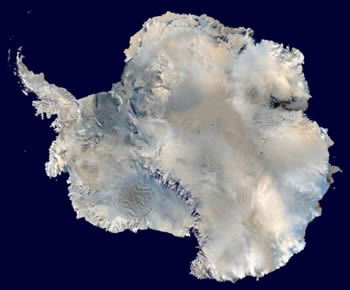
Antarctica is unique. It is the coldest, windiest, and driest continent on Earth. The land is barren and mostly covered with a thick sheet of ice. Antarctica is almost entirely south of the Antarctic Circle
...more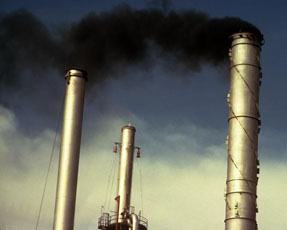
Leaders from 192 nations of the world are trying to make an agreement about how to limit emissions of heat-trapping greenhouse gases, mitigate climate change, and adapt to changing environmental conditions.
...more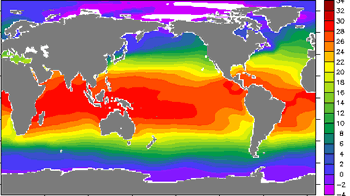
Climate in your place on the globe is called regional climate. It is the average weather pattern in a place over more than thirty years, including the variations in seasons. To describe the regional climate
...more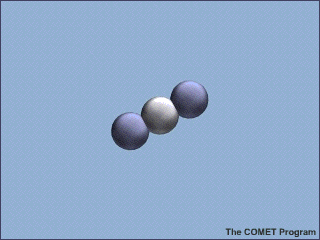
Less than 1% of the gases in Earth's atmosphere are called greenhouse gases. Even though they are not very abundant, these greenhouse gases have a major effect. Carbon dioxide (CO2), water vapor (H2O),
...more














